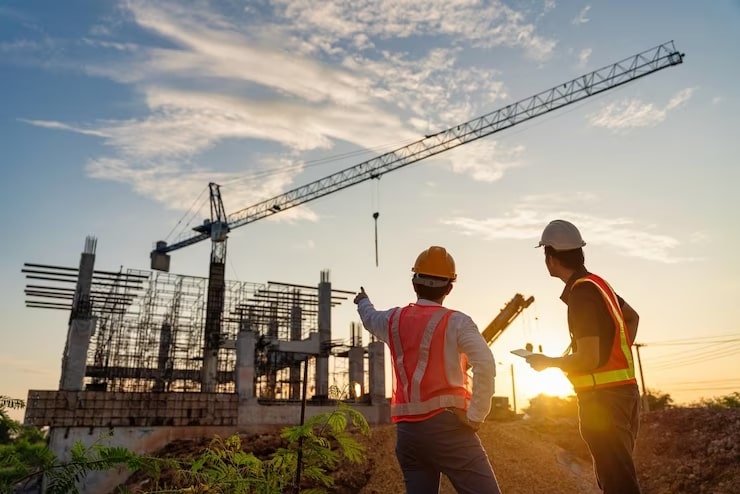
Image Source: Google
In the ever-evolving world of civil construction, innovation plays a crucial role in transforming blueprints into reality. From groundbreaking technologies to sustainable practices, the latest innovations in civil construction are revolutionizing the industry and enhancing project efficiency, safety, and sustainability. Let’s explore some of the most exciting advancements that are reshaping the face of the right civil construction service.
1. Building Information Modeling
Building Information Modeling, commonly known as BIM, has emerged as a game-changer in the construction industry. BIM allows architects, engineers, and construction professionals to create, collaborate, and visualize a digital 3D representation of a building or infrastructure project. It enables improved decision-making, clash detection, and effective communication among project stakeholders.
2. Prefabrication and Modular Construction
Prefabrication and modular construction techniques have gained popularity due to their ability to reduce construction time, minimize waste, and enhance project efficiency. Prefabrication involves assembling components of a building or structure off-site in controlled factory conditions before transporting them to the construction site.
Modular construction takes prefabrication a step further by creating entire modules or rooms off-site, which can be easily transported and assembled at the project site. This approach significantly reduces construction time, minimizes disruption to the surrounding areas, and enhances safety on-site.
3. Advanced Materials and Techniques
The use of advanced materials and construction techniques is another major trend in civil construction. Innovations in materials science have led to the development of high-performance and sustainable construction materials, such as self-healing concrete, ultra-high-performance concrete, and green building materials.
Self-healing concrete, for example, contains special bacteria that can repair cracks on its own, increasing its durability and reducing maintenance costs. Ultra-high-performance concrete offers exceptional strength and durability, allowing for the construction of slender and long-lasting structures.
4. Drones and Robotics
Drones and robotics are revolutionizing various aspects of civil construction, from surveying and inspection to site monitoring and construction activities. Drones equipped with high-resolution cameras and sensors can capture detailed aerial images and collect data about project sites, enabling accurate surveys and assessments.
Robots are being used for repetitive and labor-intensive tasks, such as bricklaying and concrete pouring, to improve efficiency and productivity on construction sites. These advancements not only reduce human error but also enhance safety by minimizing workers’ exposure to hazardous conditions.
5. Sustainable Practices
Sustainability has become a key focus in civil construction, driving the adoption of innovative practices that minimize environmental impact and promote long-term sustainability. Additionally, construction companies are implementing strategies to reduce waste, recycle materials, and optimize resource utilization.
Conclusion
The latest innovations in civil construction services are reshaping the industry, improving project outcomes, and promoting sustainability. Building Information Modeling, prefabrication and modular construction, advanced materials and techniques, drones and robotics, as well as sustainable practices, are revolutionizing the way projects are planned, designed, and executed.
As the construction industry continues to evolve, embracing these innovations and staying at the forefront of technological advancements will be crucial for companies to thrive in a competitive market.